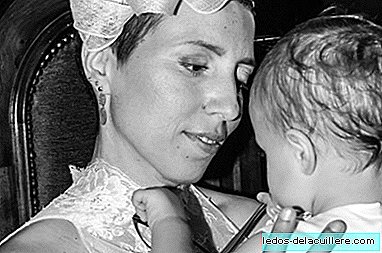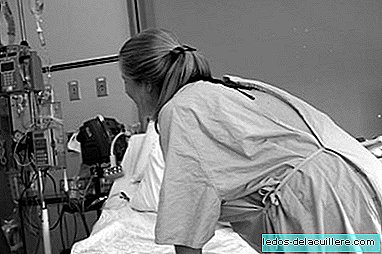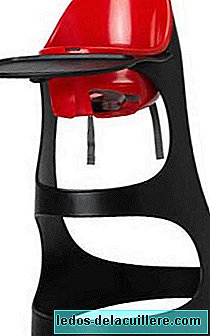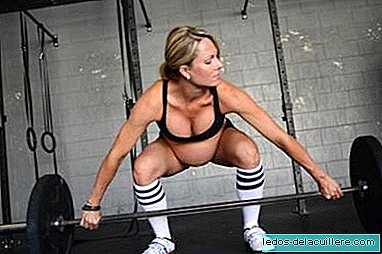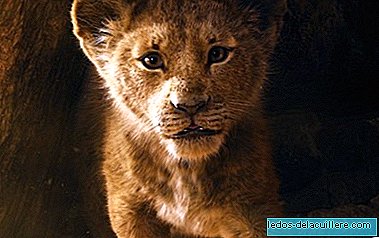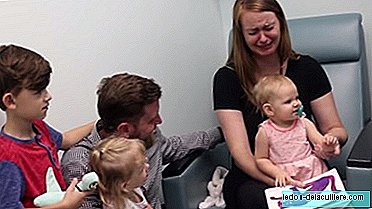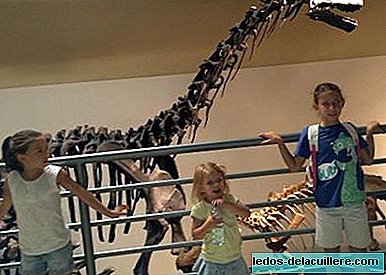
The good thing about holidays is that we can organize plans with the children any day, not only on weekends like the rest of the year. On Thursday we look for a good plan to do with the girls (8, almost 6 and almost 3 years old) and we visited the Natural Sciences Museum of Madrid, an exit that we had pending because they love (well, we love) animals, fossils and stones.
It has been a round visit, we have enjoyed it a lot. Being full August we parked at the door (you can also go by Metro, Nuevos Ministerios station), at noon there were few visitors, and we also entered for free because we are a large family. A luxury.
It is the first time we visited it, and although we had good references about the Museum, it has exceeded our expectations. The permanent Biodiversity collection It is a pass, they were amazed with the African elephant and the whale skeleton. Also with the koala, the Nile crocodile, the zebras ... All the animals look so real that it seems that they will walk at any moment.
All the exhibits are worth it, even a temporary call 100 years ago the Museum opened its headquarters which tells how the museum was created, with a large model of the building and historical photos of Madrid from other times, which to my surprise interested them very much.
Returning to the exhibits permanently, we visited an area of the museum called Mediterranean with native species of the region, both marine and terrestrial. What we liked most have been the wolves, a bear from Asturias hunted and given away by King Alfonso XIII and of course, the giant squid 7 meters long along with a replica that reproduces its appearance in life.

We also go down to the basement to visit the Warehouse of birds and mammals where we saw a lot of feathery specimens, from a pelican with his big buche (I didn't imagine this bird so big) to birds from all over the world and ostriches. Not to mention the collection of monkeys, rodents and species that we had never even heard existed.
And the best for last. The exhibition of Minerals fossils and human evolution Recently renovated with huge specimens of dinosaur skeletons (well, the size they had, the truth they are impressive), large mammals, hominids, and a collection of minerals, metals and precious stones.
We could see, among many other interesting things, dinosaur footprints, tools used in prehistory and life-size replicas of primitive men through which we could observe human evolution.
A little gem: human birth

I found a little jewel that I can't stop teaching you. The birth canal and its evolution over the years.
As we have seen, changes in the woman's pelvis due to the upright posture, together with the increase in head size, have resulted in the human species to more difficult deliveries, in which the baby's head and shoulders turn at birth. We said a while ago that due to these changes our ancestors gave birth with less pain.
Learning through new technologies
In several points of the museum you can find televisions and interactive cards that when held by children in their hands, different types of dinosaurs were projected on the screen, some of them even walked. A very good idea that girls enjoyed a lot. As well as with the virtual tables (like a giant tablet) with interactive puzzles of nature.

Looking for Perry ...
We could not leave without finding it. We have spent the entire visit looking for him and finally in this last exhibition we find the platypus. Here it is. We call him Perry.

The truth has been a great plan that we will repeat. He National Museum of Natural Sciences It gives many visits, as the interests of children, as they grow, increase. We will return for sure.


